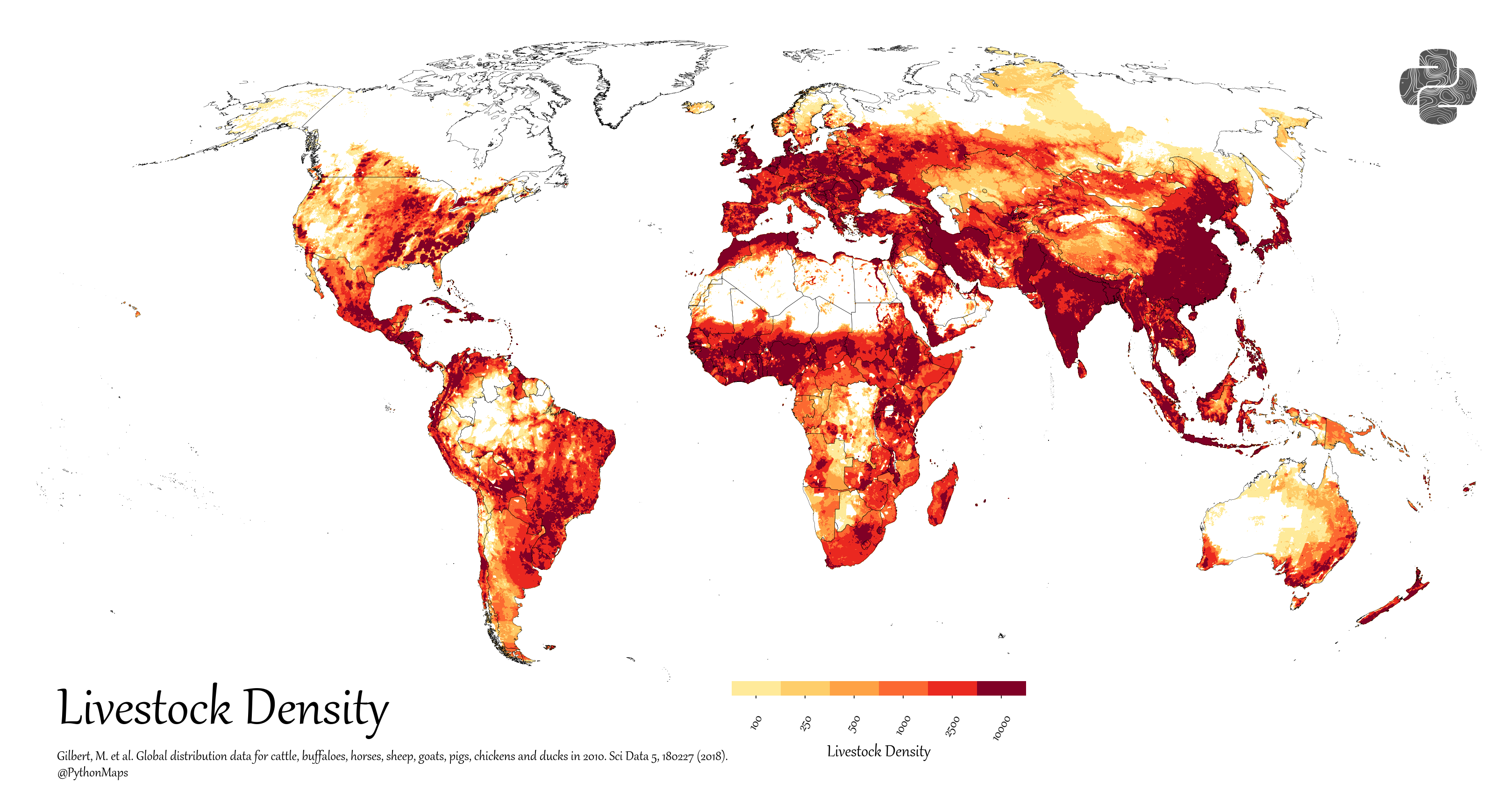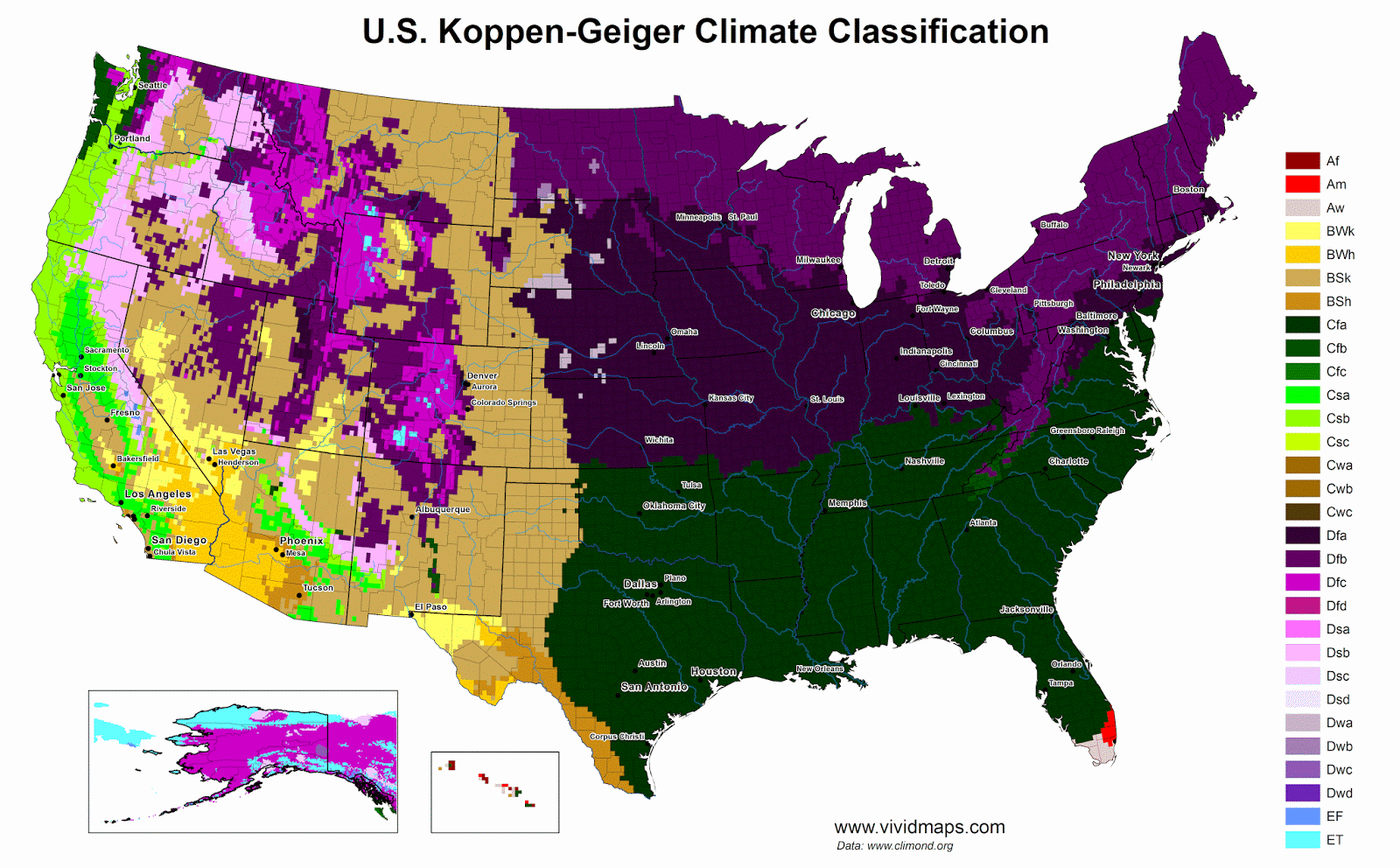Australia’s Population: A Story of Coastal Life and Vast Spaces
When looking at population patterns in Australia, they tell an interesting story about how humans adapt to geography and climate. Today, we’ll explore where Australians live through a series of revealing maps.

These visualizations tell an engaging story. The first map shows the population distribution across Australia’s Local Government Areas (LGAs), revealing a stark contrast between densely populated coastal regions and the sparse interior. The second and third maps – cartograms that distort geographical areas based on population – further emphasize this pattern, with coastal areas bulging out while inland regions shrink dramatically.
Australia’s population density presents a remarkable contrast to other continents – with just 3 people per square kilometer (or 7.8 people per square mile), it ranks among the world’s most sparsely populated nations. To put this in perspective, that’s about 100 times less dense than the United Kingdom.
Most Australians live in what we might call the ‘Golden Boomerang’ – the curved coastal strip running from Brisbane through Sydney and Melbourne to Adelaide. Sydney leads the urban pack with 5.5 million residents, followed closely by Melbourne with 5.2 million. Brisbane, Perth, and Adelaide round out the top five cities, each serving as their state’s primary population center.
The numbers behind this coastal preference are striking – over 85% of Australians live within 50 kilometers of the ocean. Cities like Gold Coast-Tweed Heads (population 700,000+) and the Central Coast (333,000+) continue growing as Australians seek out coastal living opportunities.
What does the future hold for Australia’s population? Current projections from the Centre for Population suggest the nation will reach 30 million residents by 2033. Melbourne might even overtake Sydney as Australia’s largest city by 2030, marking a historic shift in the nation’s urban hierarchy.
Some fascinating details often surprise people learning about Australia’s population:
- Pyrmont-Ultimo in Sydney holds the title of Australia’s most densely populated area
- Alice Springs, though modest in size, remains the interior’s largest population center
- Tasmania, despite its natural beauty, has fewer residents than the city of Brisbane
- The Australian Capital Territory, home to Canberra, boasts the highest population density of any state or territory
This population pattern didn’t happen by chance. Historical settlement patterns, climate conditions, and economic opportunities have all played their part in shaping where Australians live today. According to the Australian Bureau of Statistics, migration continues to drive about 60% of Australia’s population growth, with new arrivals often choosing to settle in major urban areas.
For those interested in exploring Australia’s geography further, here are some excellent map resources available on Amazon:
- Detailed Australia Wall Map – Perfect for home offices
- Australia Political & Physical Map – Educational and detailed
Additionally, here are links to detailed maps of Australia’s population and Indigenous territories available on the blog.
- Australian Population Density Map – Visualizes the patterns we’ve discussed
- Indigenous Australia Map – Shows traditional territories and modern populations








Yikes! the cartogram on the right looks like some kind of poisonous insect (appropriate for Australia, come to think of it).